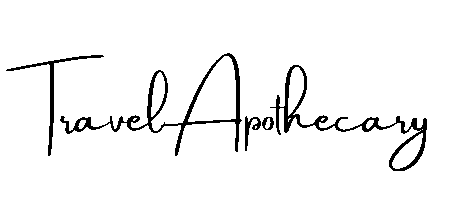Coffee is the morning kick for most people — and I’m one of them. There’s something about the smell of freshly brewed coffee that signals the start of a new day. For me, coffee isn’t just a caffeine fix — it’s part of a routine that brings comfort, focus, and joy.
My coffee journey began back in college, when I took a part-time job at Starbucks Coffee in Japan. What started as a way to support myself soon became the foundation of a lifelong love for coffee.
At Starbucks Japan, the training was more than just learning how to make drinks or memorize recipes. We dove deep into the history, science, and culture of coffee. We learned how beans are grown, harvested, and roasted. We tasted coffee from around the world, explored food pairings, and practiced describing flavor notes — much like sommeliers do with wine.
It amazed me how soil, altitude, and processing methods affect the flavor of a single cup. A bean grown in the volcanic highlands of Guatemala might taste bright and citrusy, while one from Indonesia’s lowlands offers rich, earthy tones. Coffee, like wine or tea, is an agricultural product shaped by its origin — and that realization changed how I experienced every cup.
A Sip of History: The Origins of Coffee
The true origin of coffee is steeped in legend, but one popular tale begins in the Ethiopian highlands. A goat herder named Kaldi noticed his goats became unusually energetic after eating red berries from a particular shrub. Curious, Kaldi tried them himself and felt the same burst of energy.
He brought the berries to a local monastery, where the monks, suspicious at first, tossed them into a fire. But as the beans roasted, a rich aroma filled the air. Intrigued, the monks ground the roasted beans, mixed them with hot water — and created what may have been the world’s first cup of coffee.
Whether myth or truth, Ethiopia remains one of the most celebrated coffee-producing countries today. Its beans are known for floral, fruity profiles and are often processed using traditional sun-drying methods that enhance their complexity.

From Africa to the World
From Ethiopia, coffee spread to Yemen, where Sufi monks used it to stay alert during long prayers. The drink gained popularity across the Middle East, where coffee houses — known as qahveh khaneh — became social hubs for music, conversation, and storytelling.
By the 15th century, coffee had made its way to Europe and eventually the rest of the world. It sparked revolutions, fueled artists and thinkers, and became a daily ritual across continents.
Carrying the Ritual Forward
Even after I left Starbucks, my appreciation for coffee remained strong. I still remember the care with which we pulled espresso shots, steamed milk to the perfect texture, and served customers who’d say, “This is just what I needed today.” Those moments made me proud to be part of someone’s daily ritual.
Today, brewing coffee is still my morning ritual. Before I make a cup, I ask myself: what kind of energy do I need? A bold espresso for a strong start? A slow, rich French press for quiet mornings? A foamy latte when I crave comfort?
These days, I enjoy experimenting with different brewing methods at home — French press, pour-over, and cold brew in the summer. I also love visiting local cafés while traveling. Coffee shops, whether it’s a serene café in Kyoto or a bustling espresso bar in Rome, reflect the culture and soul of a place.
But as much as I love making coffee at home, there’s something truly special about visiting local cafés while traveling. For me, it’s one of the most exciting parts of any trip. Whether it’s a minimalist, quiet café tucked away in a Kyoto alleyway, or a lively espresso bar in the heart of Rome, coffee shops often reflect the rhythm and culture of the city around them. You can feel the pulse of a place in how people drink their coffee — quick and strong in Italy, slow and contemplative in Japan, social and lively in Colombia.
These local cafés are more than just spots for caffeine. They’re cultural microcosms — where locals gather, ideas are exchanged, and everyday life unfolds. I love striking up conversations with baristas, asking about the local roasts, or just quietly observing how people enjoy their coffee. It’s a simple but meaningful way to connect with a destination on a deeper level.
Coffee has a way of bringing people together, no matter where you are in the world. And every café, no matter how small or humble, has its own story — just waiting to be discovered, one sip at a time.

Final Sip
Coffee is more than just a drink — it’s a global ritual, a shared language, and a journey that connects us to people and places. For me, it started as a college job. Now, it’s part of how I explore the world.
Whether you’re a seasoned coffee lover or just discovering its magic
